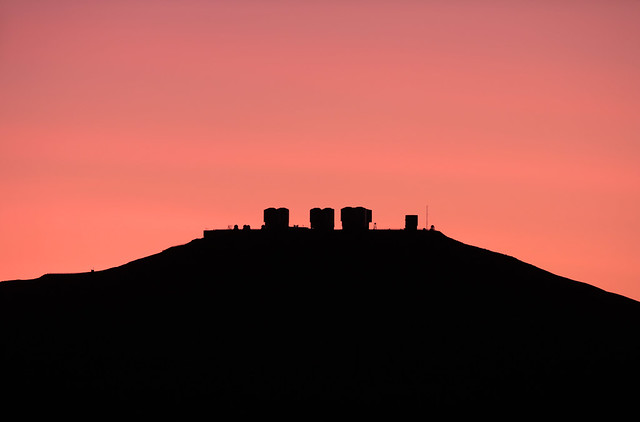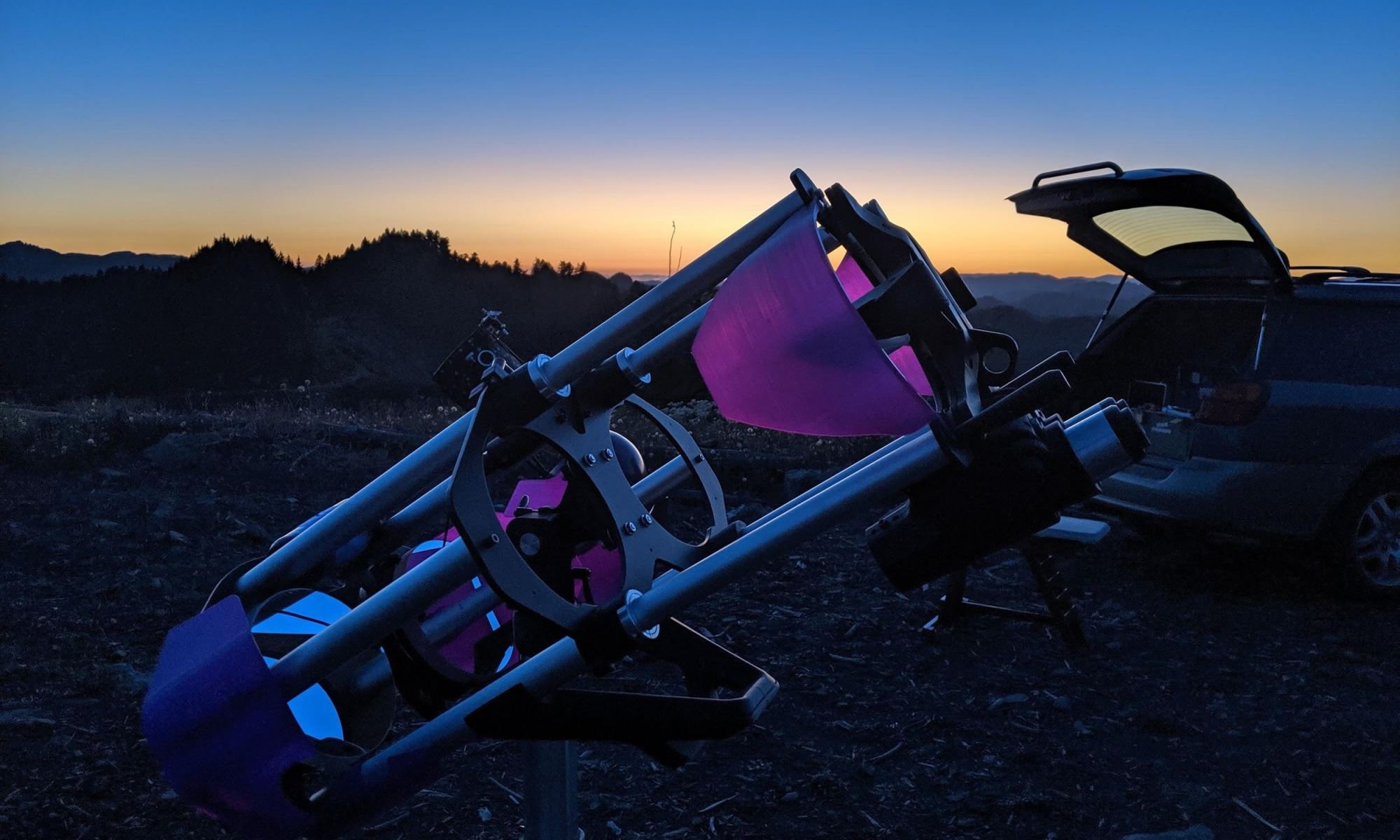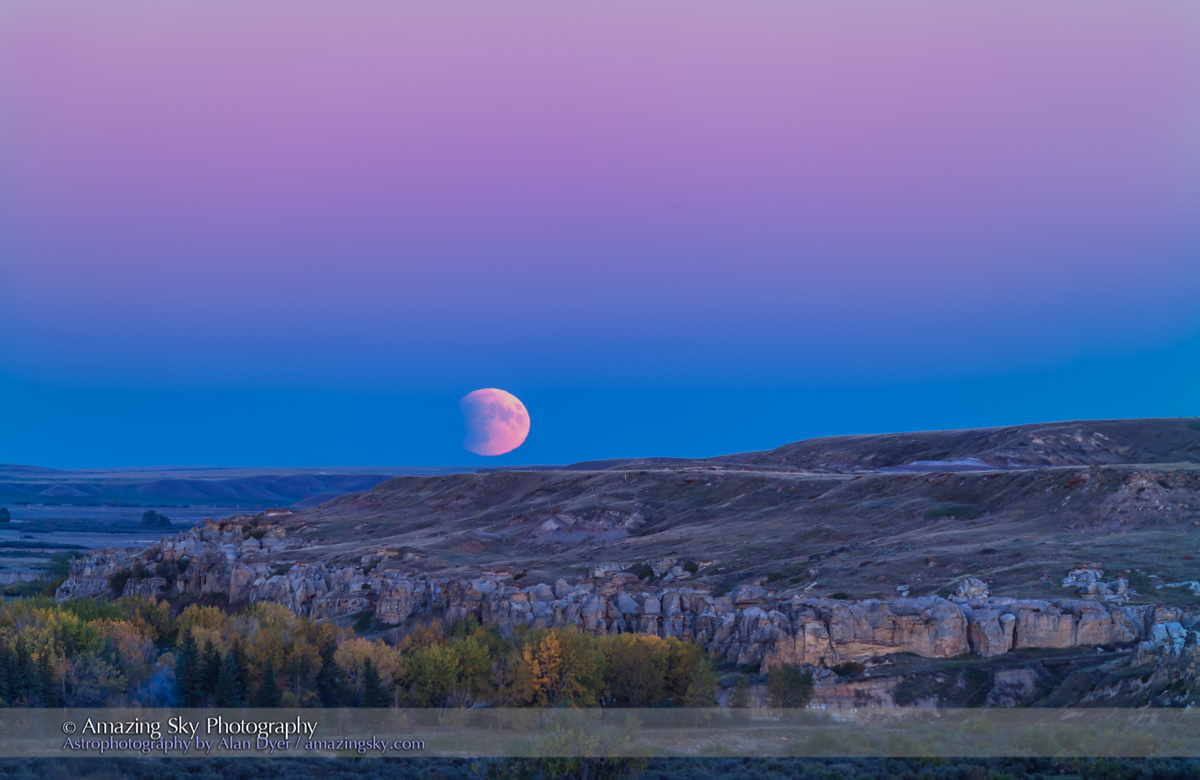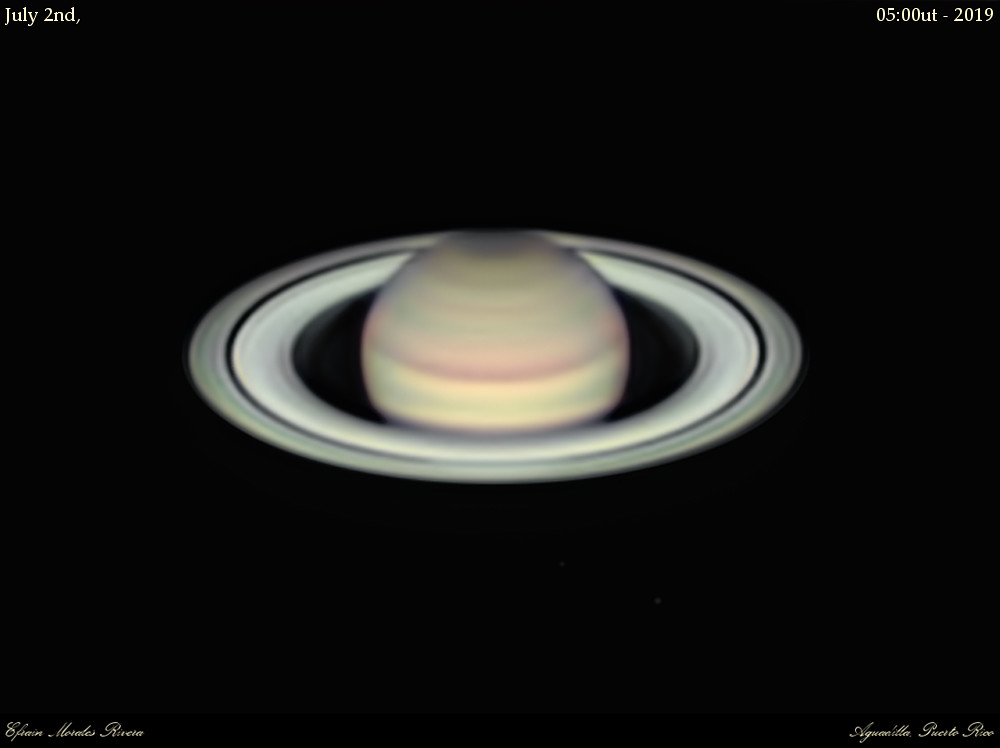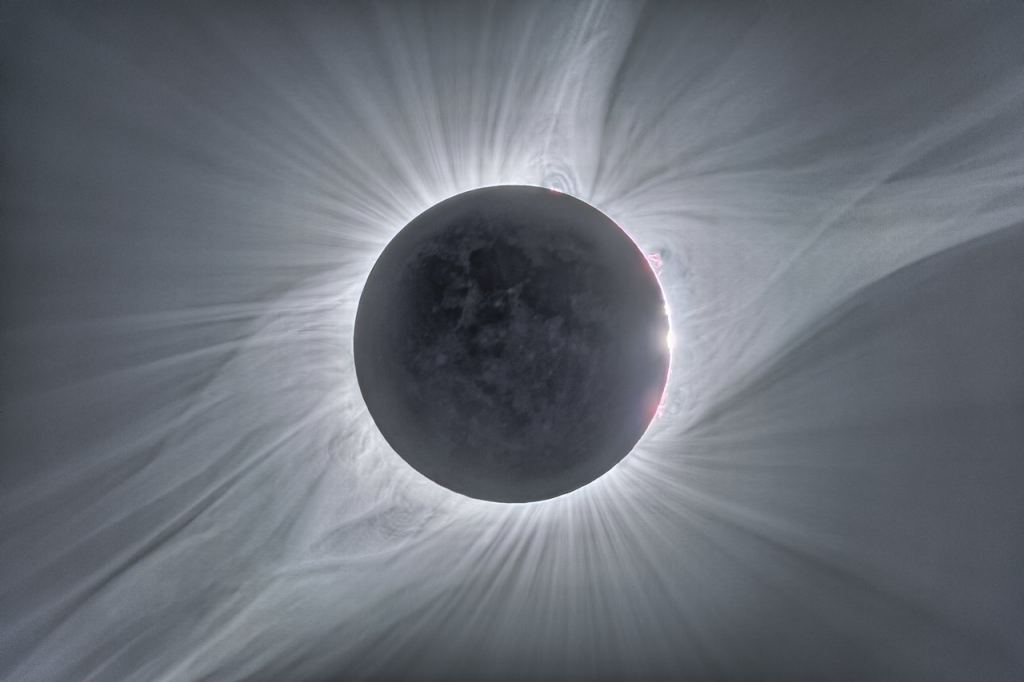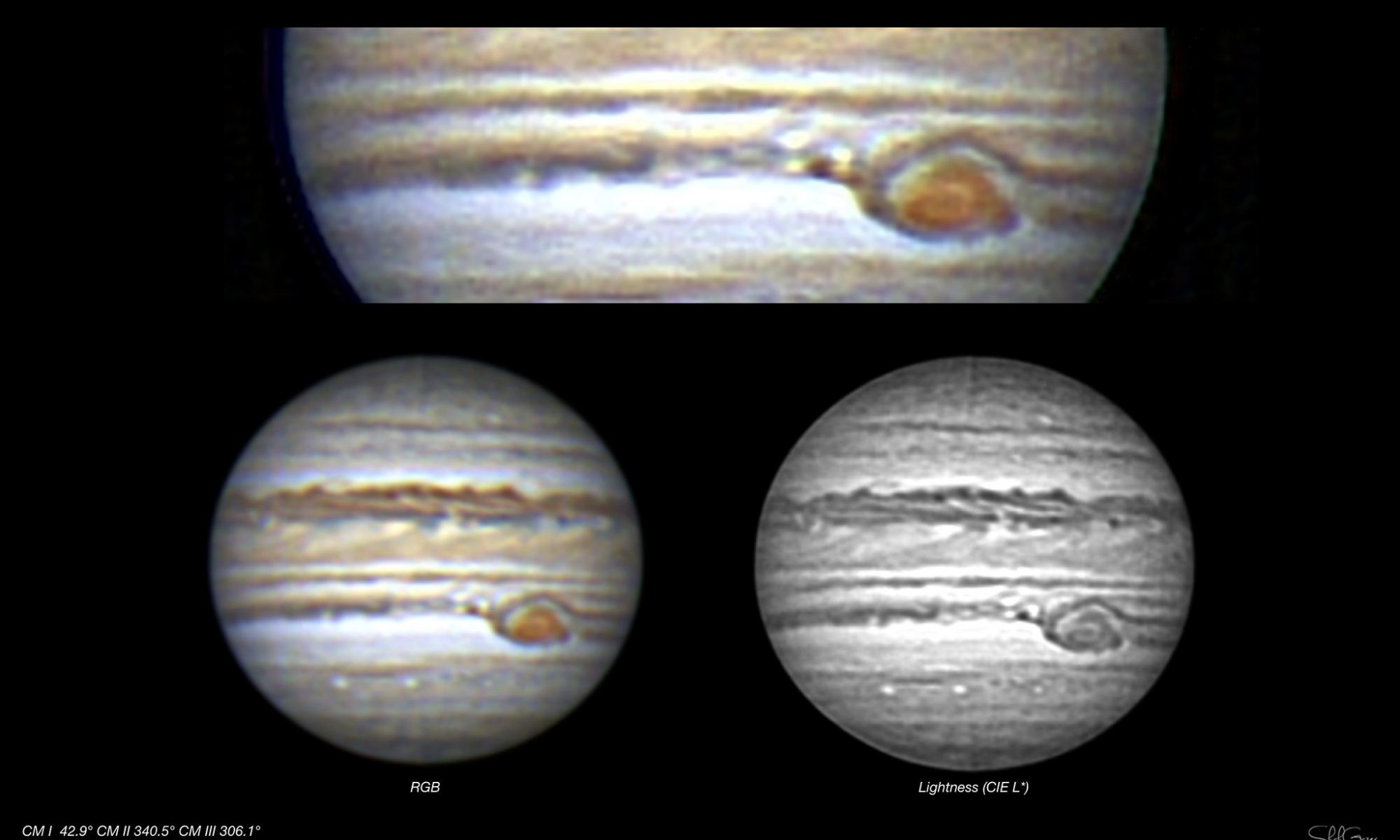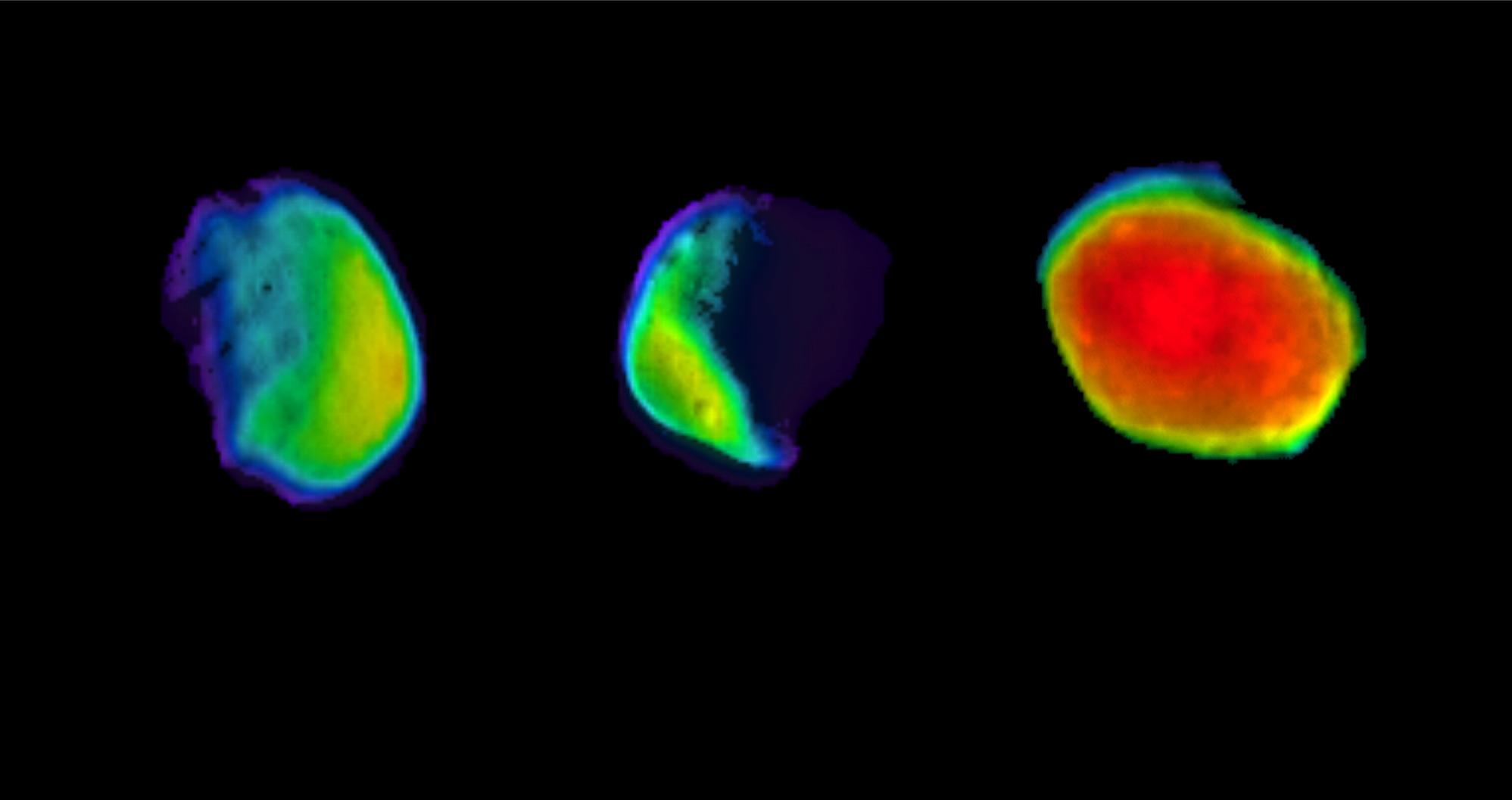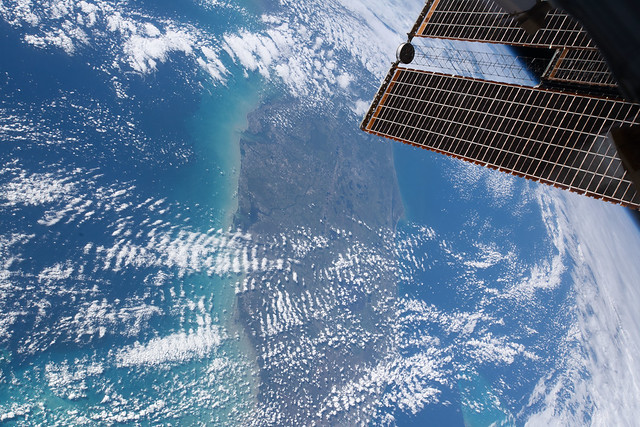Welcome to the moons of Mars, as you’ve never seen them.
NASA’s aging 2001 Mars Odyssey orbiter recently snapped some unique views of the twin moons Phobos and Deimos, in an effort to better understand their texture and surface composition. The images are courtesy of the spacecraft’s THEMIS (the Thermal Emission Imaging System) heat sensitive instrument, and show the thermal gradient across the surface of the moons in color. Odyssey has been studying the moons of Mars since September 2017. The recent images of Phobos taken on April 24, 2019 are especially intriguing, as they occurred during full illumination phase.
Continue reading “Mars Odyssey Reveals Phobos Using THEMIS”


